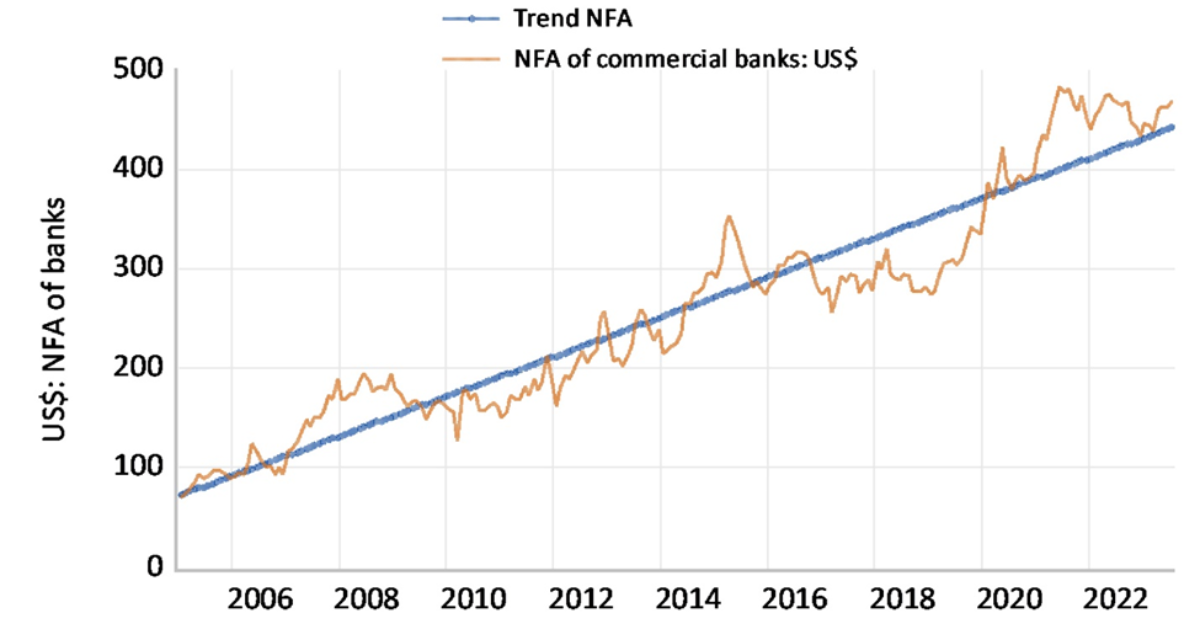Today’s column explores the proposed gas-to-shore project. Off the bat, I must declare that converting the present heavy fuel power plants to natural gas makes sense. Indeed, in June 2015, I wrote a column, then under Development Watch, arguing for the transition from high-polluting heavy fuel to less-polluting natural gas power plants. However, the same article called for natural gas plants, home-supplied solar units, medium-scale solar farms, sugar-based bagasse plants, and perhaps wind turbines supplying power to integrated smart grids.
I have always preferred a portfolio energy approach instead of the single silver-bullet approach. An integrated portfolio approach will also generate more immediate employment outside of the oil sector. However, moving towards the portfolio approach will require thinking about a comprehensive energy-based industrial policy framework beyond the fad of oil-related local content.
I went back to the Production Sharing Agreement (PSA) between Guyana and ExxonMobil and its affiliates (the Contractor). The PSA has an extensive treatment of associated gas, to the extent it uses parallel terms such as “cost gas”, “profit gas” and so on. Readers would remember that terms such as cost oil and profit oil were added to the Guyanese vocabulary in recent years. Associated gas is gas that emerges during the extraction of oil. The excess gas, if any, could be sold – just like the crude oil – if it is commercially viable and Guyana would get its share as spelled out in the PSA. The share includes the well-known 2% royalty, 50-50% profit split and the 75% cost recovery. In other words, instead of bringing the gas to shore, it can be sold under the prevailing terms and at the going market price, thereby increasing Guyana’s annual revenue.
However, bringing the gas to shore is very tricky in terms of the economics. I have no doubt that it is possible from an engineering standpoint. I think Article 12.1 (d) makes the economics tricky. It says if ExxonMobil chooses not to develop the excess gas, then the government can elect to “off take the excess Associated Gas free of charge at the outlet flange of the Contractor’s separator facility.” Now, free of charge is not really free!
The contract stipulation means that the Amaila-type funding proposal might not be acceptable to the Contractor without separate negotiations. Amaila-type funding means that the Guyana government is able to shift the immediate development cost to the developer. The developer operates the project and recovers the cost over future time periods. This was the model that was used for the jettisoned Amaila hydropower project. It is a good idea for which the Jagdeoian PPP should be commended.
The problem is, in my opinion, it cannot be applied here given Article 12.1 (d). This implies that Guyana has to bear the upfront cost for installing pipelines from the outlet flange at sea to Wales. Shifting the immediate cost to ExxonMobil (XOM) via a de facto foreign private loan would require separate negotiations, “friendly negotiations” to be exact, as noted in the existing PSA.
However, we have received no such information from the Guyana government. The Guyanese people have heard all kinds of lofty plans but nothing on whether specific negotiations are going on with respect to the exploitation of gas for the purpose of bringing it on shore.
Instead, we are told that it’s a done deal that the immediate cost will be borne by XOM. The immediate pipeline cost involves expenses for running pipes from the outlet flange to the shoreline. Guyana will then pay to install the pipelines from the shoreline to Wales. The information release from government and opinion-sympathizers says that XOM will then recoup the pipeline cost (up to the shoreline) using the same formula of a monthly 75% cost recovery cap. In this case, the pipeline expenses would be amortized as part of cost associated with the oil-field development. Hence, an Amaila-type arrangement.
XOM would also have to consider other factors such as its board, shareholders and market analysts. It is unlikely that a global giant, which focuses on maximizing the returns for its shareholders and CEO pay, will be interested in this proposal unless it can recover a significant markup on the pipeline cost. For example, what would be the interest rate for such a loan from XOM?
Various costs scenarios have been floating around. However, setting up the pipes from the outlet flange to Wales will require at least US$900 million. That is today’s cost. It will only rise in a few years. This does not involve the gas power plants and the distribution networks. If the gas processing is done in Wales, it still has to be transported to power plants in Regions 2, 4, 6, and possibly 5 and 10. It can possibly be transported by river and sea from Wales. Road transportation will be expensive.
Proper economic management requires that alternatives be considered. This is why we teach first year economics students the principle of opportunity cost. Thankfully, we heard that using an offshore floating liquified natural gas (FLNG) is one such option, but not the only other possibility. Although the average cost differential between the two options is not significant, the offshore FLNG has several advantages over the fixed pipelines.
A floating system will employ Guyanese at sea just as the processing plant onshore will, thus addressing one aspect of the local content mandate. These vessels can have around 200 to 300 people working on them at a given moment. The very large ones require more.
A major advantage is the flexibility it gives for moving from Liza 1 to other wells if the need arises. The pipelines are fixed. Another flexibility is associated with phased development instead of committing too soon and too deeply. The offshore vessel allows greater flexibility for shipping gas to power plants at various parts of the country. This will reduce the risk compared with shipping gas from Wales to various parts of the country. The Wales location will result in higher insurance premiums for businesses that are already using the Demerara River for transport.
The higher insurance premium is a negative externality that I hope the planners will consider. It would not be reasonable for the fishing companies, DDL or Sterling Products Limited, for instance, to pay higher premiums because of a non-strategic location that increases river congestion.
Another clear advantage: the offshore FLNG can be rented in the interim, thus speeding up the transition to natural gas power plants. It will take years to run the pipelines and the cost will escalate. The US$900 million is just the start. Potentially more than one of these vessels can be rented and the gas used for other products onshore, thus satisfying the local content requirement.
The upfront money saved can be used for building a high span bridge at a narrower southern point of the Demerara river. Now, since local content is a hot topic these days, imagine building the bridge around Garden of Eden or south of that location. The construction cost will be lower than putting one again around Bagotstown, let alone the crazy APNU+AFC proposal to make it at Houston.
Imagine the amount of local content that will spin off from building such a bridge around Garden of Eden. New roads on the west side of the river will be needed. Private entrepreneurs – regulated for discipline, politeness and no touts – would be required to safely transport people at different locations across the river. That’s local content, right? A few government ministries can be moved to create a new city on higher ground both sides of the new high span Demerara River bridge, which can be named the Bharrat Jagdeo Bridge. My personal preference would be to name the bridge the Hoyte-Jagdeo Bridge since it was former President Desmond Hoyte who gave the Vice President his break at State Planning. That post at State Planning catapulted Mr. Jagdeo into the realm of a “financial Whiz kid” as Mrs. Jagan once said. Of course, we cannot discount the symbolism of national unity here as well. A new decentralized campus of University of Guyana can be located there, and so on – all adding immensely to local content.
Professor Tarron Khemraj









